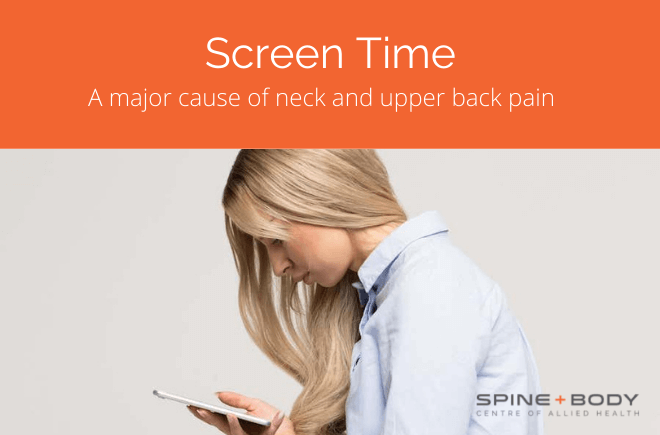Can we please stop talking about “growing pains” as if it’s a real ailment?

By Peter Georgilopoulos, APA Sports Physiotherapist, Spine + Body Gold Coast.
A common scenario: parent and child present to a doctor or sports medicine professional regarding persistent and unexplained pain to be told, “it’s growing pains”.
Your child indeed may have recently undergone a growth spurt but the term “growth pains” is not useful in explaining the myriad of juvenile conditions that are commonly lumped together under this banner.
Growth occurs at random and unpredictable rates and does not always happen symmetrically between the left and right sides. The process of growth is not painful nor do any symptoms that emerge during growth spurts necessarily resolve once full skeletal growth and maturity occurs.
Rapid or asymmetrical growth can result in any number of biomechanical anomalies. This includes spinal conditions such as:
- Scoliosis (a rotational deviation resulting in an “S” shaped spinal deformity) or
- Scheuermann’s disease (pain of the thoracic and lumbar areas associated with stiffness, posterior thigh tightness and a “slumped” posture).

On peripheral joints such as the knee and ankle, increased tensile force at the attachment of tendons to the bone due to a loss of hamstring or calf flexibility, will result in a vastly different clinical presentation in a child with pliable bones than an adult who has reached full skeletal maturity and bone rigidity.
In an adult, prolonged tightness of muscle and tendon units may result in repeated muscle tears or tendonitis whereas the same force placed on immature bone will result in uniquely juvenile presentations such as Osgood Schlatter’s (swelling of the bone at the attachment point of the patella tendon to the shin bone just below the knee cap) or Sever’s disease (a painful lump on the back of the heel where the Achilles tendon attaches to the bone).
Commonly, the child is asked to undertake lengthy periods away from sport as part of the strategy to combat these conditions. A more pro-active approach may include restoring flexibility and correcting biomechanical asymmetry thereby allowing the inflammatory process to subside.
Of course, the traditional management strategies of ice, anti- inflammatory medication [ where applicable], soft tissue massage, therapeutic ultrasound, taping and corrective footwear will still play a role in reducing symptoms and alleviating pain but the primary objective is always to restore symmetrical and unrestrained mobility and in doing so, to unload impacted structures.
Book your appointment with Peter to discuss options for your growing adolescent.




